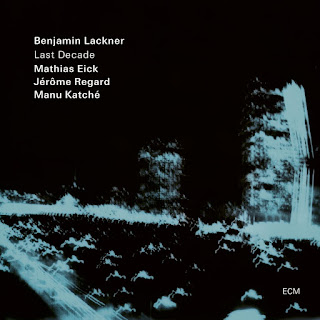It was a million-dollar wedding and the bride-to-be commissioned urban-jazz harpist Mariea Antoinette to play her down the aisle. As she pondered what to perform, Antoinette came upon the Luther Vandross classic “So Amazing” and the bride loved it. Antoinette teamed with longtime producer Allan Phillips to craft a beautiful and soulful arrangement for the occasion. When the bride arrived at the altar, spontaneous applause broke out. Encouraged by the reaction, Antoinette decided to record the rendition as a single. Her sublime “So Amazing” just dropped and is presently receiving more than one hundred spins per week from dozens of radio outlets, including SiriusXM’s Watercolors.
“So Amazing” continues Antoinette’s mission of placing the harp in unexpected settings, proving that the ancient stringed instrument has soul and can groove. With Antoinette dexterously playing delicate notes and strumming mellifluous harmonies, the single is illumined by lush orchestration provided by string and horn sections, including violins, violas, cello, trumpet, saxophone, flute, trombone and celestial background vocals. Phillips’s keyboards and percussion anchors the track flanked by guitarist Evan Marks, bassist Nathan Brown and drummer Tiki Pasillas.
“This wedding was for a bride who has everything. In speaking with her about song selection for the ceremony, she wanted an R&B song that was powerful. She indicated that she loved Luther Vandross, Kem and a host of other R&B singers so I started looking through their catalogs. When I heard Luther's ‘So Amazing,’ I knew that was the one. The song lends itself to the harp,” said Antoinette who remains a fan of Vandross and was inspired after seeing him perform.
“I've been to three of Luther’s concerts. He was/is ‘so amazing.’ I loved his style, professionalism and stage presence. Seeing Luther’s shows was a master class in performance.”
“So Amazing” will serve as the title track of Antoinette’s fourth album, which she anticipates releasing next spring, perfectly timed for wedding season. In December, she’ll shoot her first PBS special with her band and a string section at The Wallis Annenberg Center for the Performing Arts in Beverly Hills, which will be titled “An Intimate Evening with Mariea Antoinette.”
Antoinette is an award-winning artist who performed for President Barack and Michelle Obama, shared the stage with Ne-Yo at the BET Awards, toured extensively with Jazz in Pink, and has served as principal harpist for the Los Angeles Southeast Symphony Orchestra. She’s had records that hit Billboard’s top five, paving the way to performances at major jazz festivals and events, including Catalina Island JazzTrax Festival, Capital Jazz Fest and the Women Songwriters Hall of Fame Awards. Antoinette has won honors from the Black Women in Jazz and the Arts, a Black Music Award, and a San Diego Prestige Award for best instrumentalist. Her activism includes partnering with Daughters Lives Matter, a nonprofit organization stressing the importance of healthy father-daughter relationships and positive imagery.























